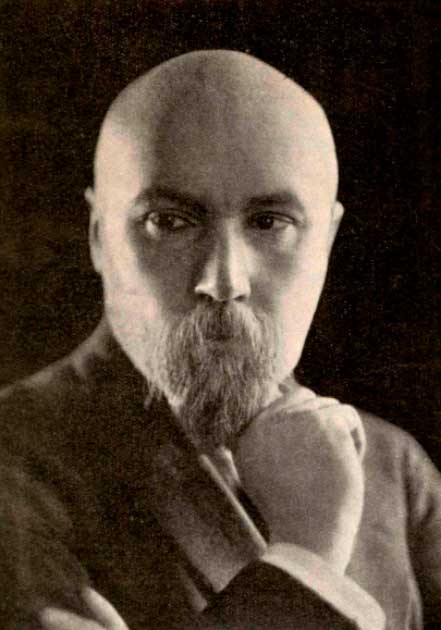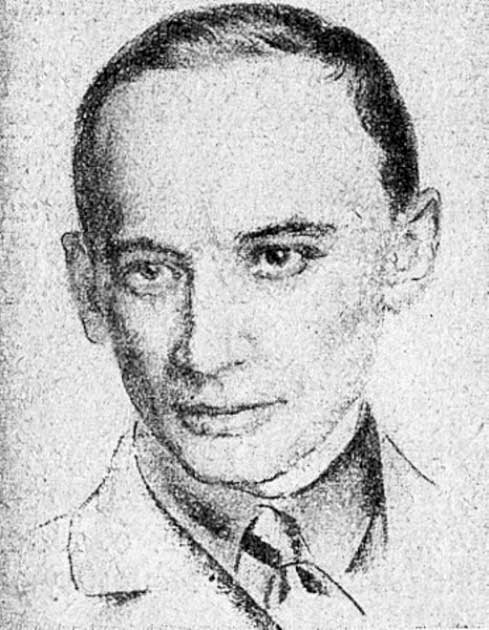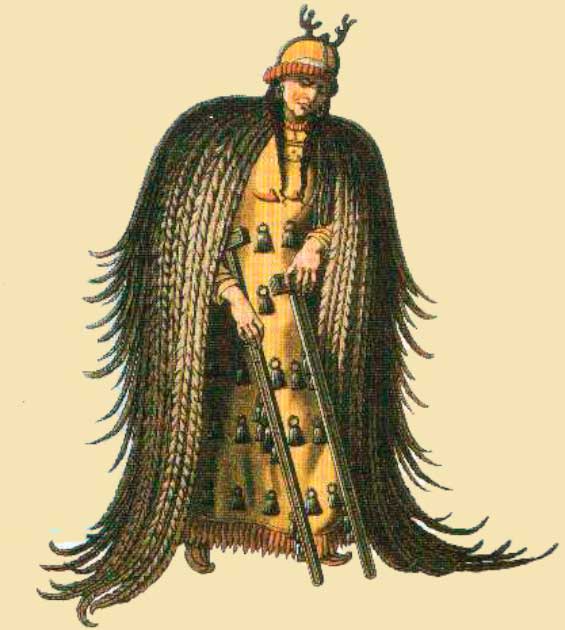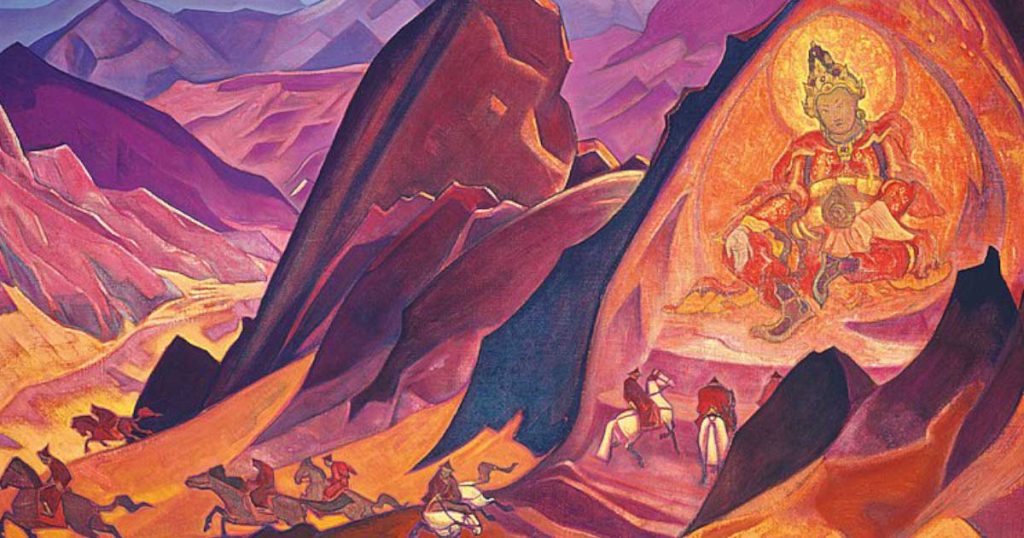Recently, this site looked at Agartha, the supposed kingdom hidden within our own (hollow) Earth. As you will see shortly, this was not the sole preserve of fringe theories, and for some time even governments would entertain the notion.
Nothing really surprising about that, in all honesty. Throughout history, there have been expeditions funded by different governments to find mythological places. There was Percy Fawcett and his trips to find the Lost City of Z in the jungles of South America. Juan Ponce de Leon’s quest to find the Fountain of Youth in St. Augustine, Florida.
British explorer Sir Walter Raleigh was obsessed with discovering El Dorado, the lost city of gold. British Egyptologist John Gardner Wilkinson’s search for Zerzura, the mythical city/oasis allegedly located in the Sahara Desert.
While all these locations come from myths and legends, the search for these places was very real. One of the most intriguing expeditions to finding a mythological place was the search for the underground spiritual and physical kingdom of Shambhala undertaken by Russian ex-pats Nicholas and Helena Roerich. Why did several countries closely track the Roerich expedition, and why did the party go missing for a year in 1927?
Nicholas and Helena Roerich
Nicholas Roerich (Никола́й Константи́нович Ре́рих) was born in Saint Petersburg of the Russian Empire on October 9, 1874. Nicholas was a Russian painter, costume and set designer for ballets and operas, a philosopher, archaeologist, writer, and theosophist.
Nicholas Roerich married his wife Helena (Елéна Ивáновна Рéрих), who was just as impressive as himself. Helena Roerich was a Russian public figure, philosopher, writer, and theosophist.
Nicholas and Helena Roerich believed in theosophy, and Helena translated co-founder of the Theosophical Society Helena Blavatsky’s work, the Secret Doctrine, from Russian to English. Theosophy ties together what scholars consider a “new religious movement” and the occultist beliefs of Western esotericism and borrows heavily from Buddhism and Hinduism.

In the Secret Document, a place called Shambhala is mentioned but never fully explained. Instead, it is nebulously referred to as a “shortcut to enlightenment.”
Shambhala comes from Tibetian Buddhist and Hindu traditions of a hidden realm believed to be in the Himalayas. It is an underground spiritual kingdom believed to exist in both the spiritual and physical planes. Shambhala means “place of peace”.
This spiritual kingdom is found in several religious texts like the Kalachakra Tantra and the Bon. What makes Shambhala so significant is that according to a prophecy from the Vishnu Purana, Shambhala will be the birthplace of Kalki. Kalki is the next incarnation of the god Vishnu and will usher in a new age, and the work prophesizes the ruling Kingdom of Maitreya and the future Buddha.
The Tibetan Buddhist text, the Kalachakra Tantra, prophesizes: “When the world declines into war and greed, and all is lost, the 25th Kalki king Maitreya will emerge from Shambhala with a giant army that will vanquish the Dark Forces and bring about a global Golden Age in either 2424 or 435.”
- Agartha: A Culture at the Center of the Earth
- Kumari Kandam: Is There a Lost Continent South of India?
Nicholas and Helena Roerich had left Russia before the 1917 Russian Revolution and were living in New York while Nicholas was working as an artist in New York City. While in New York, Helena claims to have received telepathic directions from an otherworldly spirit that said Nicholas and Helena Roerich needed to leave the US and go out and find the city of Shambhala.
Everything Turns Political
In the early 20th century, the area in the Himalayas that Nicholas and Helena Roerich wanted to go to was largely inaccessible due to terrain and because Tibet was closed and foreigners.
If uncharted mountainous terrain and closed borders weren’t enough of a deterrent, several different countries wanted control of the region. Those interested in Tibet were Germany, Mongolia, Japan, The USSR, China, England, and France.
China and Russia had a vested interest in the region and knew that the kingdom of Shambhala was a thing many central Asians believed in at the time. To China and Russia, if they found Shambhala, it would suggest that the country was on the side of good, and it was religious fate that they found this secret underground paradise kingdom.
If you find the city, the people in the area will like you, and control of the area won’t be contested by the people because they are grateful. When the other interested countries realized how much “power” was associated with this kingdom, they wanted to be the ones to find it first.
Shambhala was a powerful propaganda tool, yet some people believed that by finding Shambhala, they would have access to hidden powers and weapons from the army that was supposed to emerge from the kingdom to defeat the forces of evil. Someone who completely believed in the prophecy of Shambhala was the head of the USSR’s Secret Police (called the Cheka), Gleb Bokii.

Bokii thought “the city would offer him access to advanced weapons and mind-controlling techniques.” Where he came up with the idea of Shambhala holding the secrets to mind control is unknown and not in the prophecies about the hidden kingdom.
Bokii convinced the Russian government that a journey to find the kingdom would be advantageous. The USSR was newly formed at the time. While the idea of magic weapons was enticing, the government realized that if they did find Shambhala, they could use it to gain the support of Buddhists and Tibetan and Mongolian nationals, which in turn would make the USSR’s position in Central Asia stronger.
If all else failed, the expedition was a great opportunity to spy on the active British in the region. Bokii could not raise funds for the mission, but he heard that Nicholas and Helena Roerich were headed to find Shambhala with support from the US.
The Roerichs were Russians, and although the couple left the country before the Bolsheviks came into power, it was still their homeland. The Roerichs didn’t trust the Bolsheviks and were not deeply tied to the motherland. Still, Helena’s otherworldly spirit guide told her that they needed to work with the Bolsheviks to bring spiritual advancement to the globe.
Collusion with the USSR
It is believed that Nicholas and Helena Roerich met with influential “Red” leaders in Paris. They were offered “financial and logistical” help from the USSR in exchange for information about the British and French activity in the region.
While the USA supported the Roerichs, they managed to mention to several people in Darjeeling before the expedition that they wanted to help create a united central Asian and Soviet commonwealth. Where they would receive protection from the Bolsheviks.
When the Roerichs and their son (an Orientalist himself) began their journey to find the Kingdom of Shambhala, they were heavily monitored by the British, the Americans, the Mongolians, the USSR, the Chinese, and the Japanese. The search for Shambhala took Nicholas and Helena Roerich through 35 mountain passes across the Gobi desert, and the pair charted several alpine peaks for the first time. The trip was difficult; there were issues with local rebel groups, thieves, extreme weather, and caravan looters.
The pair kept extensive diaries during their travels, and Nicholas made many paintings along the way, which we have used to research and further investigate their journey to find Shambhala. This sounds like a typical foreign exploration expedition.
Still, as the party moved closer to where they estimated the Kingdom’s entrance, their writings and Nicholas’ paintings began to become stranger and stranger. While Nicholas left these details out of the scientific travel diary, his personal diaries mention visions over their campsites, fires, lights, and “strange manifestations”.
What makes the story of Nicholas and Helena’s quest for Shambhala intriguing is that during the summer of 1927, the expedition managed to disappear for an entire year. With all the different countries closely monitoring the journey, the party was able to disappear entirely, and all communication was lost.

Nicholas’ travel diary speaks of conflicts between the Tibetian military, and what we know for sure is that the last five months of their trip during that missing year were spent in a detention camp. A veil of silence descended over the expedition, which only added to the mystery.
How the Roerichs and the few remaining members of their expedition crew made it back to India is unknown. The Roerich’s diaries mention that when they were trekking in the Altai mountains in the Uimon valley, they encountered an “Old Believer” that showed them the entrance to the underground kingdom, but it was sealed with stones.
The Old Believer told the Roerichs that the people of Shambhala would emerge from their subterranean fortress when it was prophesied to purify humans and rid the world of evil. But whether they followed his advice, whether they found anything, and whether he even existed: these are questions to which we have no answer.
Was Anything Achieved?
The expedition that Nicholas and Helena Roerich made in the search for Shambhala was going to be a failure from day one. The team was never going to find the kingdom because it was something from mythology and religious prophecies, not a tangible location in two planes.
For the US and the USSR, it may seem like they wasted their money funding this wild goose chase, but the scientific discoveries the pair made on the expedition were significant. Nicholas and Helena Roerich traveled across thousands of miles of uncharted land, cataloging the plants and animals they encountered.
Many of these species were unknown to the West, and along with the rediscovery of some lost cultural artifacts along the way the documenting of the trip proved valuable even without its mystical goal. Nicholas Roerich would end up being nominated for a Nobel Peace Prize on three different occasions, and the “Roerich Pact” was created in his name.
The Roerich Pact, also known as The Treaty on Protection of Artistic and Scientific Institutions and Historic Monuments, was passed in 1953 and established a legal recognition that defending cultural objects and historical sites are more important than their destruction for military purposes. Protecting the culture is always a greater concern than the needs of the military.

Following the conclusion of World War II, the Roerich Pact helped immensely in establishing international legal standards and efforts regarding the protection of cultural heritage. The fourth United Nations Educational, Scientific, and Cultural Organization (UNESCO) meeting accepted the decision to begin to create international law regulating cultural heritage protection in the case of armed conflicts.
This has led to UNESCO developing laws and regulations that protect intangible cultural heritage (performing arts, oral traditions, rituals), underwater cultural heritage (shipwrecks and underwater cities), immovable cultural heritage (archeological sites, monuments, etc.), and movable cultural heritage (paintings, coins, statutes, archeological items, etc.).
Top Image: Nicholas Roerich travelled with his wife Helena into the Himalayas at the behest of the Russian government to find the hidden kingdoms of the hollow Earth. Pictured is Roerich’s painting “Song of Shambhala”. Source: Nicholas Roerich / Public Domain.